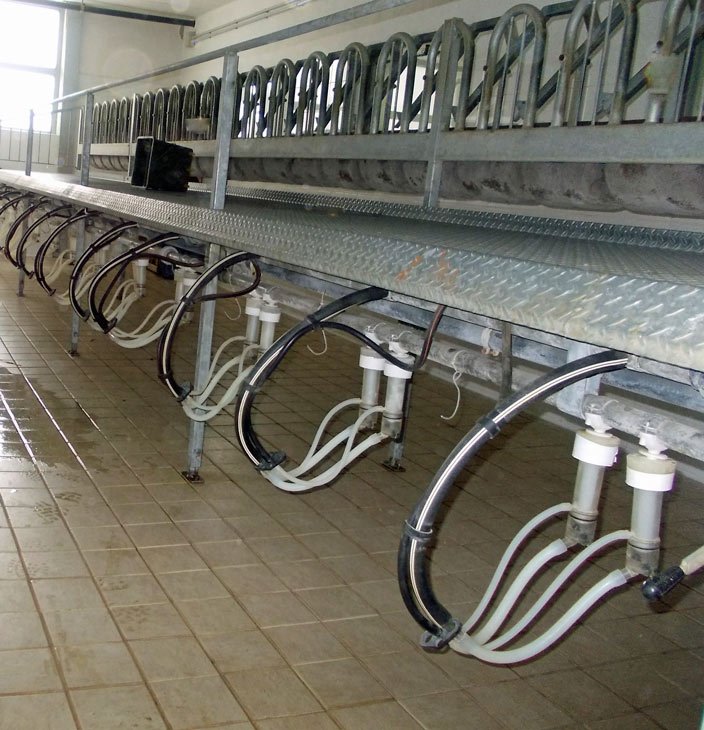The first successful products of genetic engineering were protein drugs like insulin, which
is used to treat diabetes, and growth hormone. These proteins are made in large quantities by
genetically engineered bacteria or yeast which are grown in large "bioreactors." Some drugs are also made in
transgenic plants, such as tobacco.
Some human proteins that are used as drugs require biological modifications that only the
cells of mammals, such as cows, goats, and sheep, can provide. For these drugs, production in
transgenic animals is a good option. Using farm animals for drug production has many advantages
because they are reproducible, have flexible production, and are easily maintained. They also
have a great delivery method: just milk them.
Just milk them?
Sure. It's just about the best way to recover large quantities of a protein encoded by a
transgene. More importantly, since the mammary gland and milk are not part of the main life
support systems, there is little risk of harm to the animal that's making the
transgenic protein.
The challenge is to get the new transgene expressed only in the milk. To do this, scientists
join the gene for the protein drug with a DNA switch, called a promoter, which is only turned on in
the mammary gland. So the transgene, while present in every cell of the animal, is only active
where the milk is made. Some examples of drugs currently being tested are antithrombin III
and tissue plasminogen activator to treat blood clots, erythropoietin for anemia, blood clotting
factors VIII and IX for hemophilia, and alpha-1-antitrypsin for emphysema and cystic fibrosis.
Spiderman II: Spidergoat?
It sounds like a sequel to "Spiderman: The Movie"—Spidergoat! OK, maybe not, but it is a very
interesting application of transgenics. The dragline form of spider silk is regarded as the strongest
material known; it's 5 times stronger than steel and twice as strong as Kevlar. People have actually
tried starting "spider farms" to harvest silk, but the spiders are too aggressive and territorial
to live close together. They also like to eat each other.
Though the genes for dragline silk were isolated several years ago, attempts to produce it in
bacterial and mammalian cell culture have failed. When the genes were put into a goat and expressed
in the mammary glands, however, the animal produced silk proteins in its milk that could be spun into
a fine thread with all the properties of spider-made silk. This material can be used to make lighter, stronger
bulletproof vests, thinner thread for surgery, and stitches or indestructible clothes.

